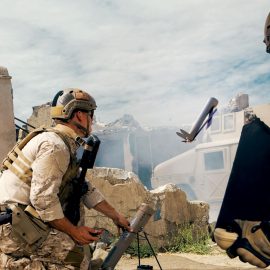The Maelstrom Rising series already features some “cutting-edge” tech. Some of that tech has already been fielded; some of it is in development. One of these pieces of tech are “kamikaze drones,” which get employed to devastating effect in Escalation. A couple of my readers have commented on how scary they are. But they’re real, and we’re going to see more of them in the years to come. (Side note: While tech will feature in the Maelstrom Rising series, it will never be depicted as the panacea that you might find in a lot of ’90s techno-thrillers. Anyone who has read my stuff before should already be aware of that. High tech complicates logistics, and logistics are already hampering everybody’s war effort in Maelstrom Rising.) These kamikaze drones have been in development for some time. The US and Israel appear to have been the primary developers. The US has begun fielding the Switchblade drone several years ago.
Setting the Stage Part 6
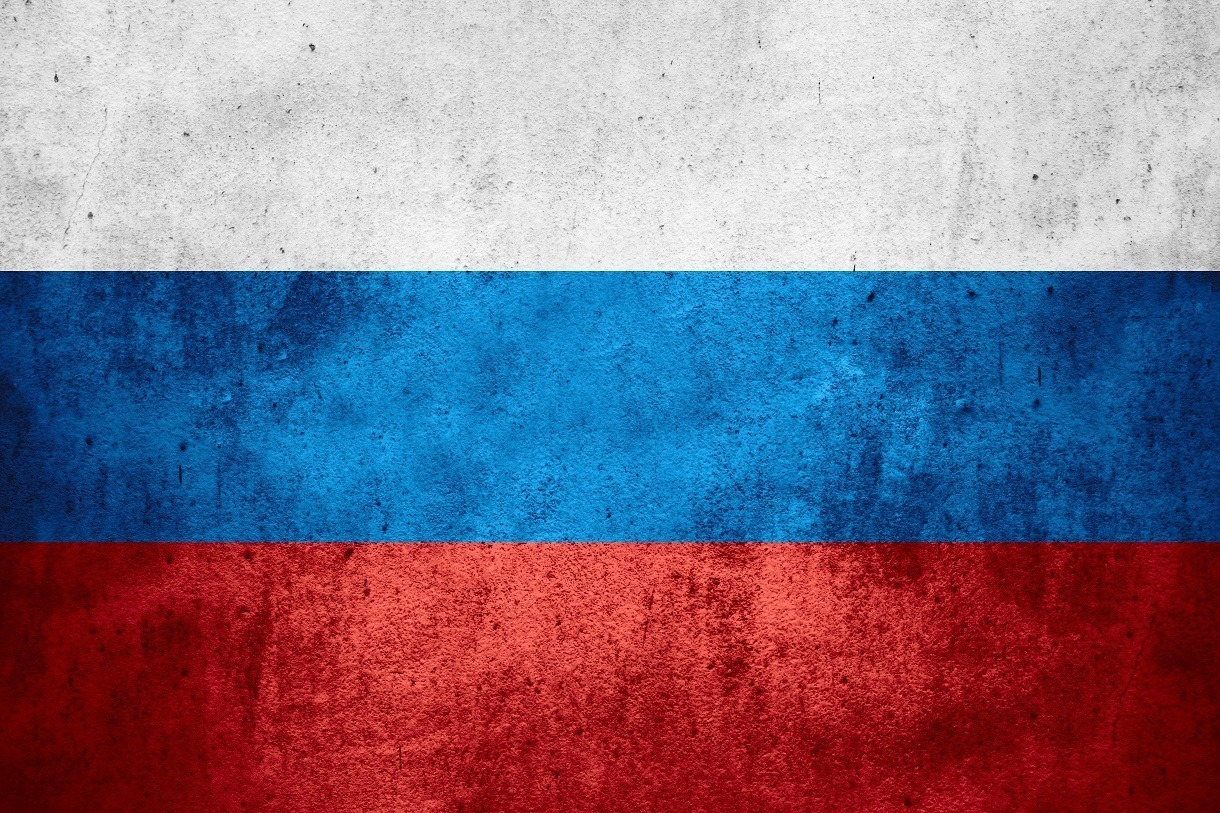
Russian actions across the former Soviet Union…have been met with open hostility from the West. While that hostility is not misplaced, given the general disregard for the Laws of Ground Warfare displayed by Russian forces, both regular and irregular, and the realities of alliances on the ground, it has led to clashes and showdowns, especially in Syria, where the Russians are backing Bashar al Assad’s government, while the US and the West have backed militias they consider to be democratic rebels
Setting the Stage Part 3
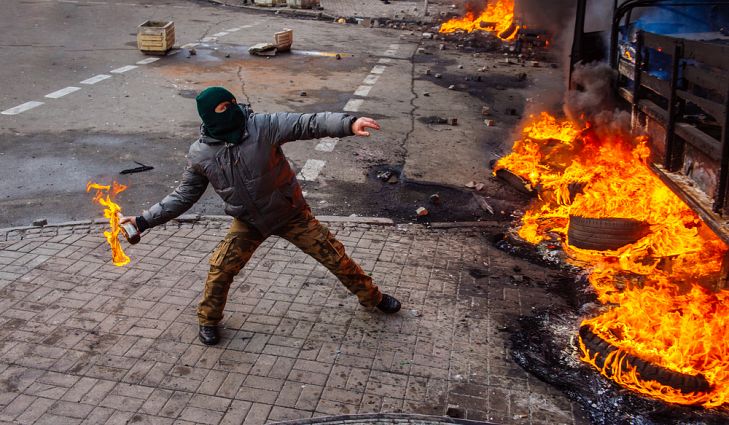
By the beginning of the Maelstrom Rising series, the global order as it has existed since shortly after the fall of the Berlin Wall and the collapse of the Warsaw Pact is disintegrating. This is happening for reasons cultural, political, and economic. Culturally, the European Union is already fracturing as this is written. There is no “European Identity,” no matter how hard the EU Parliament has attempted to enforce it, and the influx of immigrants from the Middle East and North Africa has been a source of friction in France for decades, even before the more recent push to accept hundreds of thousands from Syria, which has resulted in an uptick of terror attacks, to include truck attacks on Christmas markets and other crowds in Germany. An increasingly large segment of the populace of Western Europe is beginning to resent the imposition of the will of the elites, most evident in the Yellow Vest protests in France, which began over gas taxes, but became much wider in scope, including over President Macron’s signing of the UN resolution declaring unfettered migration as a fundamental human right, despite the majority of Frenchmen opposing such a treaty.
Setting the Stage Part 2
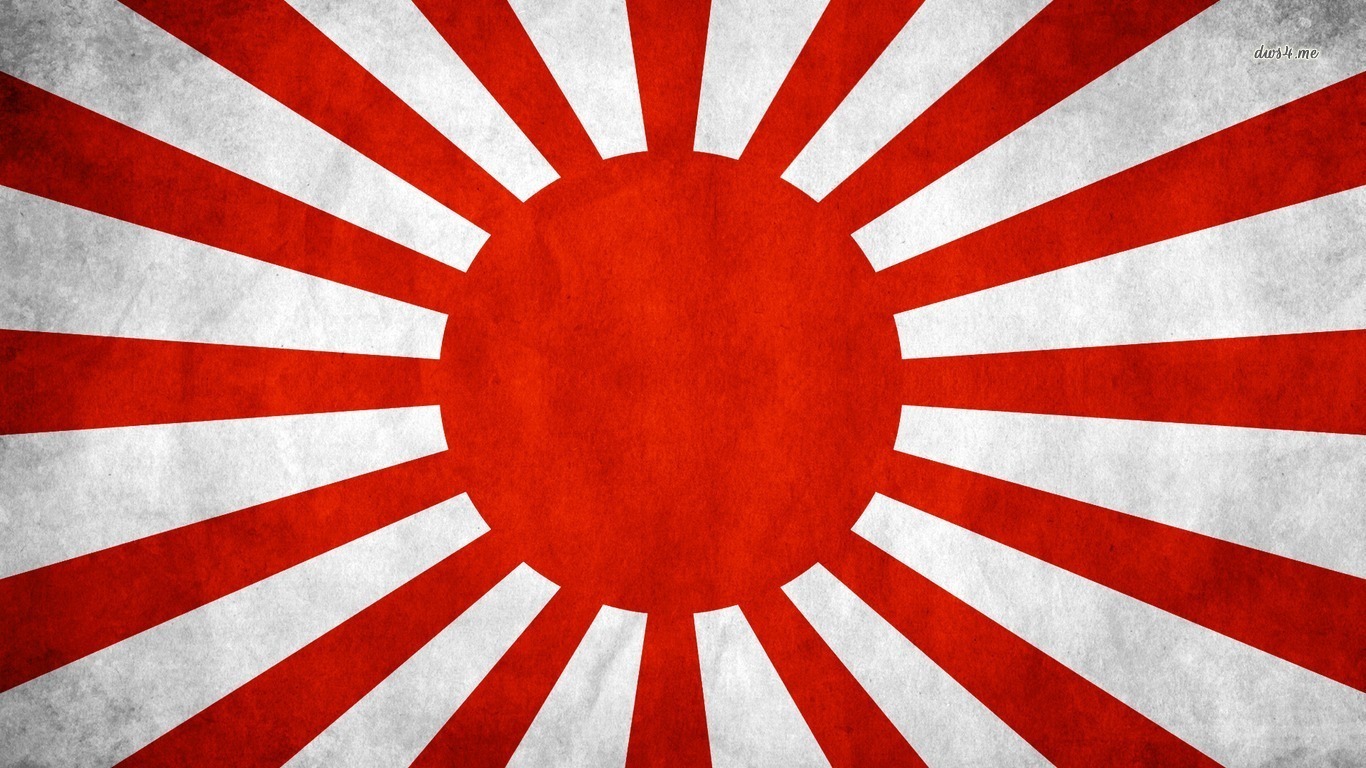
While the first-person narrative of the Maelstrom Rising series will limit each book or phase to a particular theater, the events of the series will have global scope. The interconnectedness of current global politics and economics mean that when the order breaks down in one place, there will be ripples elsewhere. And multiple simultaneous such breakdowns lead to the perfect storm that is Maelstrom Rising. The events in East Asia and the Western Pacific during this series will be rooted in current trends already happening over the last ten years or more. While most open focus has been on China and North Korea (which will be dealt with in later installments of this article series), this article will look at the near future of Japan. Specifically, the near future of Japan as a military power.
Setting the Stage, Part 1
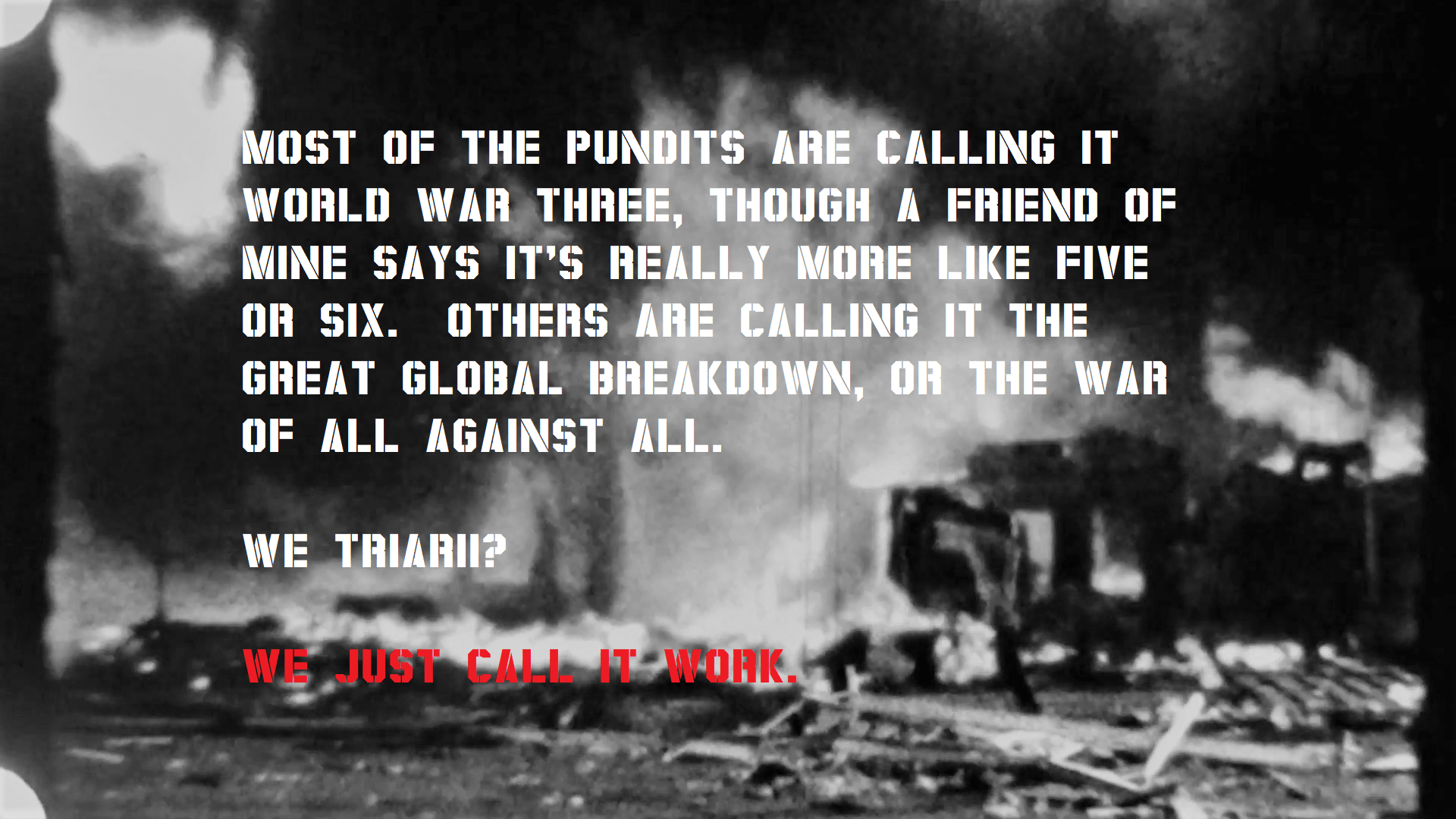
The idea for my current work in progress came a couple years back. It involved a complete breakdown in what we have come to consider the “global world order” since the disintegration of the Soviet Union and the paradigm shift represented by Operation Desert Storm (though the whirlwind victory and subsequent return to the status quo represented by that short-lived war turned out to be more of a fluke than a lasting reality, despite it forming the basis for most of Tom Clancy’s post-Cold-War fiction). While the American Praetorian series had already represented some of a similar model of breakdown, it was largely focused on the continuing war against jihadism, and that war’s unintended consequences. This is something different.
